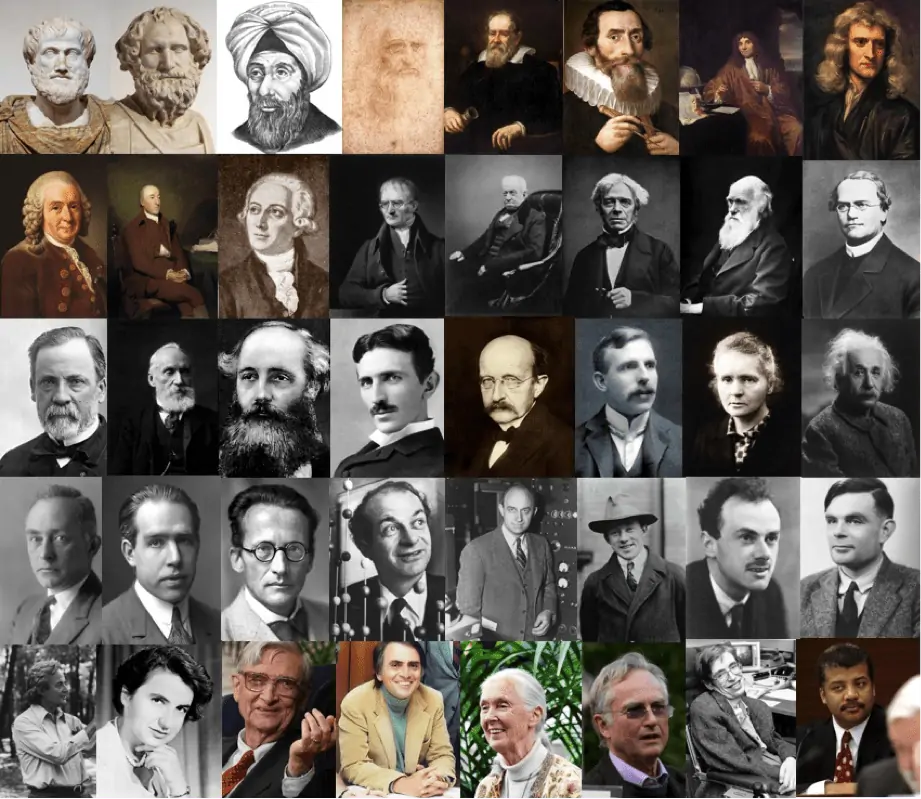Stamp: R.H. Goddart and C. Tsiolkovski (Equatorial Guinea 1973)
R.H. Goddart and C. Tsiolkovski (Equatorial Guinea 1973)
22 March (Equatorial Guinea ) within release Exploration of Venus goes into circulation Stamp R.H. Goddart and C. Tsiolkovski face value 200+25 Equatorial Guinean peseta
| Stamp R.H. Goddart and C. Tsiolkovski in catalogues | |
|---|---|
| Michel: | Mi:GQ 224 |
| Yvert et Tellier: | Yt:GQ 32 (PA17C) |
Stamp is horizontal format.
Also in the issue Exploration of Venus:
- Stamp - Science fiction design face value 1;
- Stamp - Science fiction design face value 25;
- Souvenir Sheet - R.H. Goddart and C. Tsiolkovski face value 200+25;
- Souvenir Sheet - Wernher von Braun (1912-1977) and Sergei Koroljow (1907-1966 face value 250+50;
- Stamp - R.H. Goddart and C. Tsiolkovski face value 200+25;
- Stamp - Wernher von Braun (1912-1977) and Sergei Koroljow (1907-1966 face value 250+50;
Stamp R.H. Goddart and C. Tsiolkovski it reflects the thematic directions:
A spacecraft is a vehicle that is designed to fly and operate in outer space. Spacecraft are used for a variety of purposes, including communications, Earth observation, meteorology, navigation, space colonization, planetary exploration, and transportation of humans and cargo. All spacecraft except single-stage-to-orbit vehicles cannot get into space on their own, and require a launch vehicle (carrier rocket).
A scientist is a person who researches to advance knowledge in an area of the natural sciences
Outer space (or simply space) is the expanse that exists beyond Earth's atmosphere and between celestial bodies. It contains ultra-low levels of particle densities, constituting a near-perfect vacuum of predominantly hydrogen and helium plasma, permeated by electromagnetic radiation, cosmic rays, neutrinos, magnetic fields and dust. The baseline temperature of outer space, as set by the background radiation from the Big Bang, is 2.7 kelvins (−270 °C; −455 °F)




